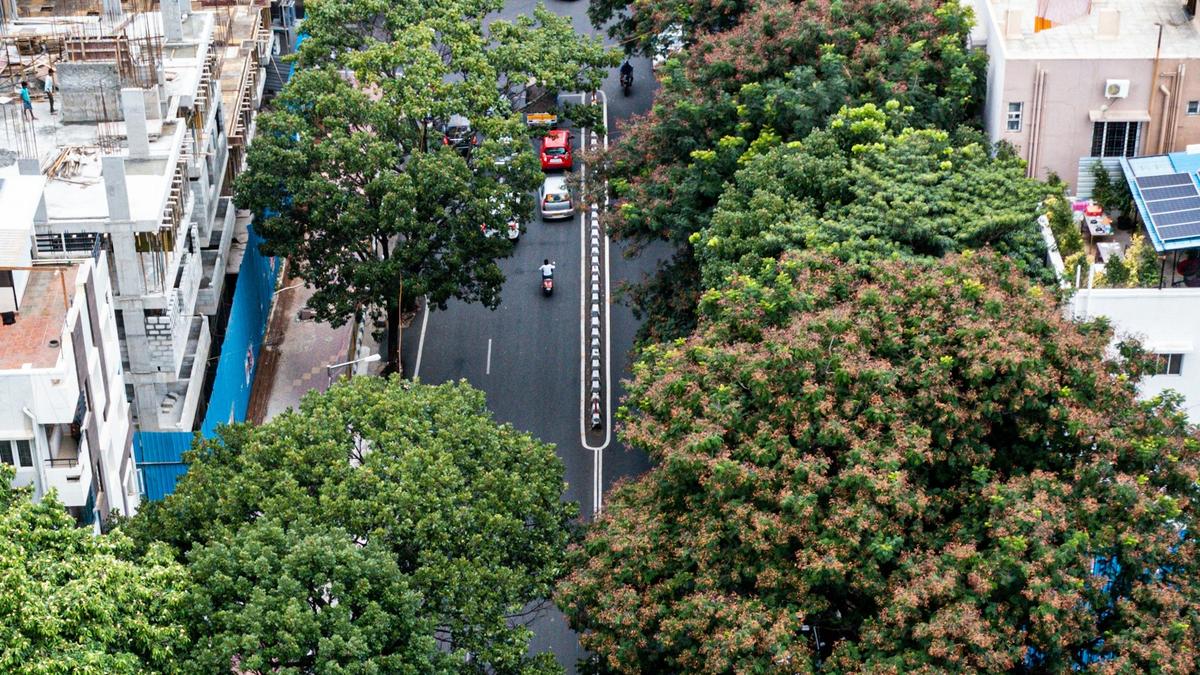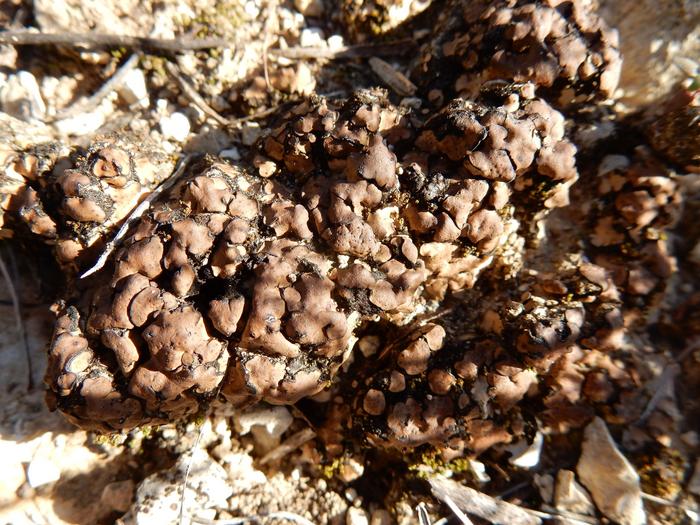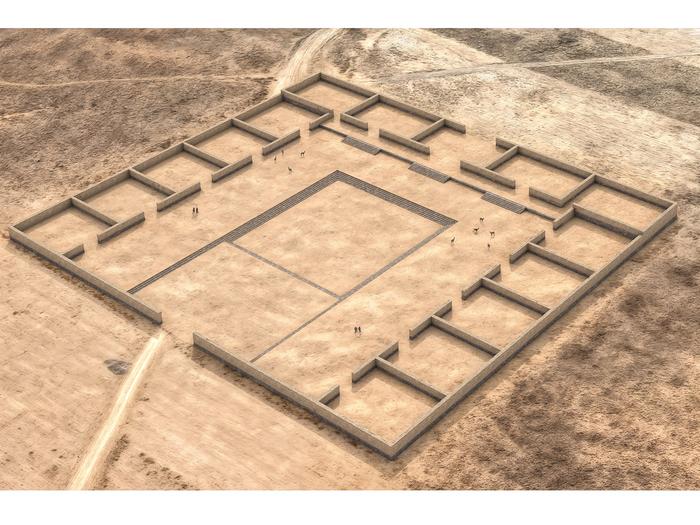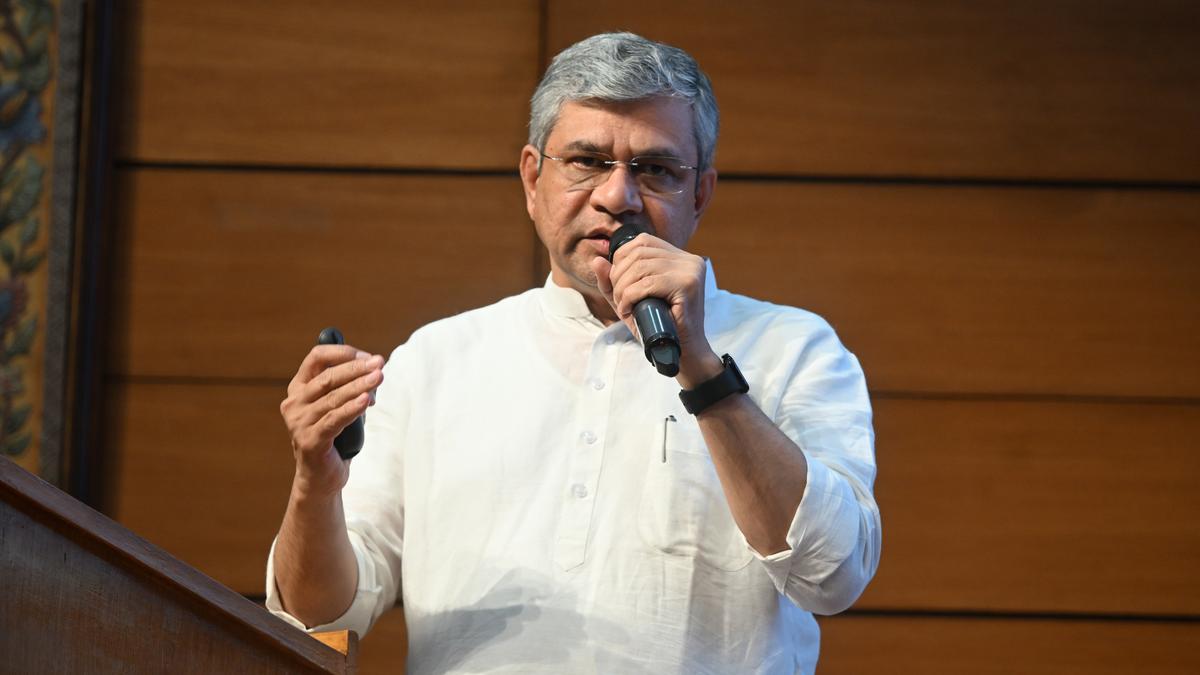Rapidly increasing heat due to climate change and the concomitant reduction in green cover have together significantly affected the lives and livelihoods of millions of people in tropical countries. These effects are more pronounced in rapidly urbanising cities. India’s cities are setting new temperature records with each passing year.
In a study published recently in Ecological Applications, researchers Ravi Jambhekar, Dilip Naidu and Jagdish Krishnaswamy from the Indian Institute of Human Settlements (IIHS), Bengaluru, studied the growing impact of heat and declining tree cover on birds. The study focused on the bird diversity of Bengaluru, a rapidly growing city. Nestled near the Western Ghats, the diverse habitats within the city include urban parks, open grasslands, wetlands, lakes, and forests. Together, they host more than 350 avian species.
Using publicly available bird records from the online community eBird, the researchers examined how growing urbanisation and the associated heat stress affected the occurrence and distribution of birds in the city. They also sourced satellite data to model the distribution of heat in the city and how that might correlate with green cover and bird occurrences.
The team found that biodiversity is clustered more in areas with less heat, while heat islands had lower diversity. (Heat islands are parts of the city much warmer than their surroundings.)
Ins and outs of green cover
Older research has already found higher temperatures have multiple consequences for the natural history of birds. For example, controlled trials have found evidence that birds’ reproductive success drops because they lay eggs with thinner shells. “Warming temperatures can also indirectly affect birds’ food resources, sometimes even more directly than they could affect the birds themselves,” Anusha Shankar, a physiological ecologist at the Tata institute of Fundamental Research, Hyderabad, said. “Imagine insects, plant nectar or other small prey that could be immediately susceptible to hot temperatures.”
This said, the researchers found that not all species depend positively on green cover. Birds of open habitats like grasslands and savannahs as well as those that depend on human activity fared better when tree cover declined.
This is contrary to the findings of studies in Dehradun, for one, where green cover was found to be a strong predictor of biodiversity. Monica Kaushik, an urban ecologist at Azim Premji University in Bengaluru, conducted long-term bird surveys across different green spaces in the city. The data revealed a positive relationship between bird species richness and the tree species richness. They also showed that larger green spaces hosted a greater diversity of birds.
So does this mean that the only way to protect urban biodiversity and reduce heat stress is to plant trees? The answer is complicated.
When trees aren’t the answer
Cities are being increasingly afforested as part of efforts to mitigate the effects of heat and for aesthetic purposes. But many cities in India have historically had alternative habitats, such as open ecosystems and wetlands, in addition to forests and tree cover.
“Bengaluru originally had a mix of open habitats, agriculture, human made irrigation tanks and some gardens apart from the built areas,” Krishnaswamy, the senior author of the paper and dean of the School of Environment and Sustainability at IIHS, said. Considering the historical land-use type of a city is an important — but often ignored — aspect when planning restoration of habitat and biodiversity. Simplistic mitigation moves such as tree plantations, as the study finds, don’t always improve biodiversity.
Unscientific tree plantations that aim to simply improve green cover often focus on non-native and invasive species of trees. Trees such as Jacaranda or Tabebuia, which often line the streets of cities with their beautiful blooms, are not native to the Indian subcontinent, are detrimental to local biodiversity, and affect human health. Currently, 77% of Bengaluru’s tree cover is exotic species.
Habitats such as savannahs and wetlands are some of the worst hit in urban biodiversity planning. As cities expand, these non-forested habitats become refuges for species that depend on them. Further fragmentation and loss of such habitats finally lead to the local extirpation of species.
“We need native grasses, herbs, shrubs and trees all to be part of ecological restoration and planting strategies in urban spaces,” Krishnaswamy said.
The history of a city
“It’s high time that we plan the green cover for the entire city based on historical legacies,” Kaushik added. “Our first task should be to have biodiversity goals at the city levels, where separate land uses become important pieces to fulfil that goal.”
Pune, a city nestled in the Western Ghats, once had forests with patches of savannah that still persist on hillstops around the city and are important for open habitat birds. “In the last couple of centuries, Pune district has been a mosaic of secondary regeneration forest, farmland, urban sprawl, and scrubland. An important question is: what is the most effective way to reclaim land back into photosynthetic capacity,” Gurudas Nulkar, director for the Center for Sustainable Development at the Gokhale Institute of Politics and Economics, asked. “And then the answer is not just afforestation but also reclaiming wetlands and grasslands.”
Ecological and social inequity go hand in hand, especially in megacities like Bengaluru, with the poorest and most marginalised groups suffering the highest effects of increasing heat and decreasing tree cover. Biodiversity conservation in cities must reconcile with growing societal needs to reduce heat and heat-induced ailments that are increasing today.
“Urban heat mitigation using green spaces may require a mix of approaches from small home gardens and individual trees in strategic locations to larger green spaces and constructed wetlands where grasses and wetland plants can also thrive,” Krishnaswamy said. Cities must also strive to improve access to available green spaces, which continue to decline as parks sometimes restrict access.
Sutirtha Lahiri is a doctoral student in conservation science at the University of Minnesota.
























